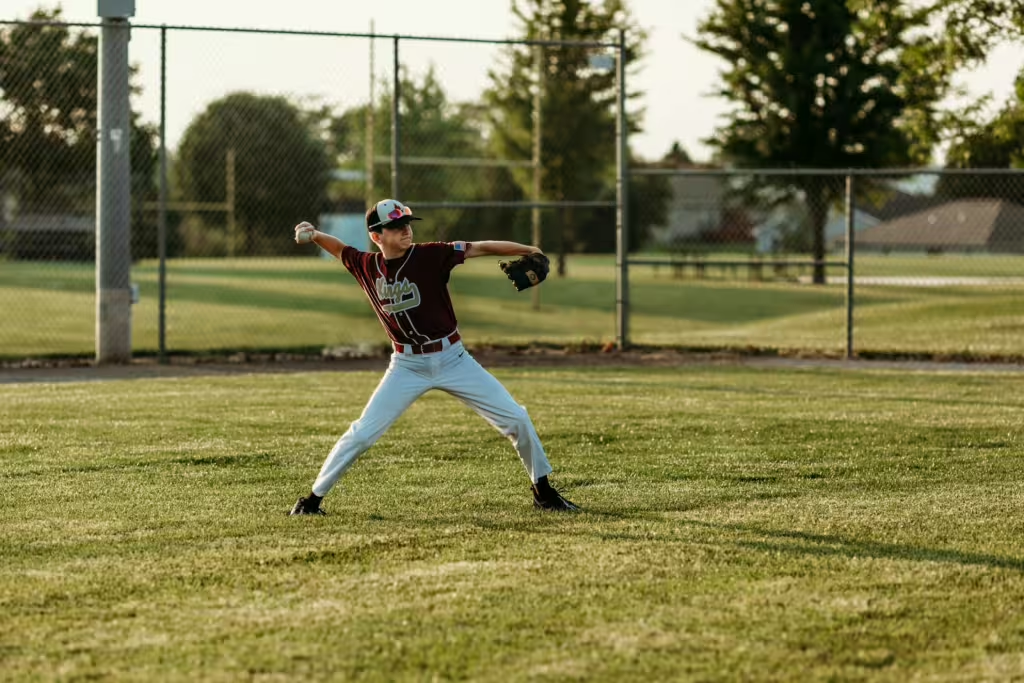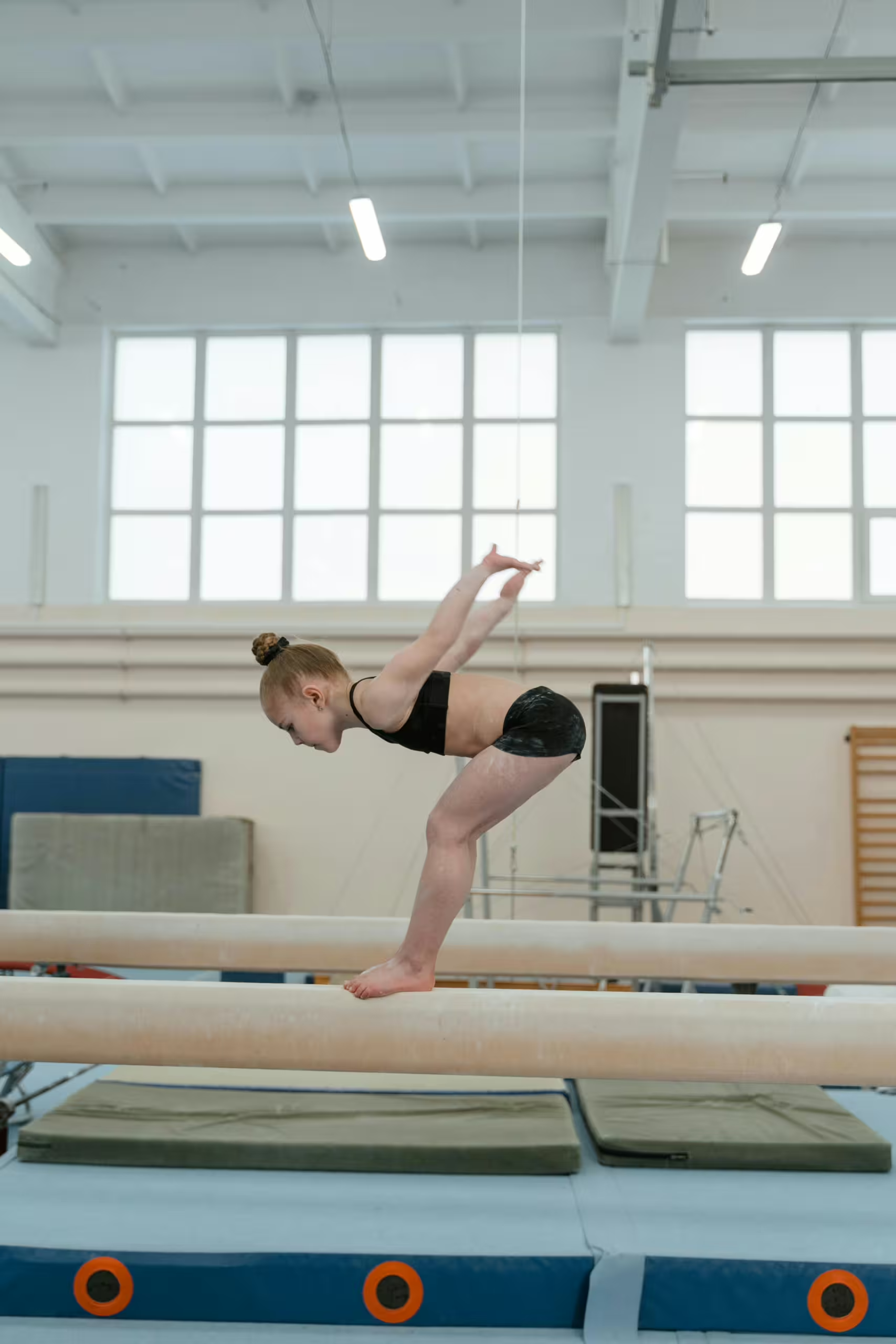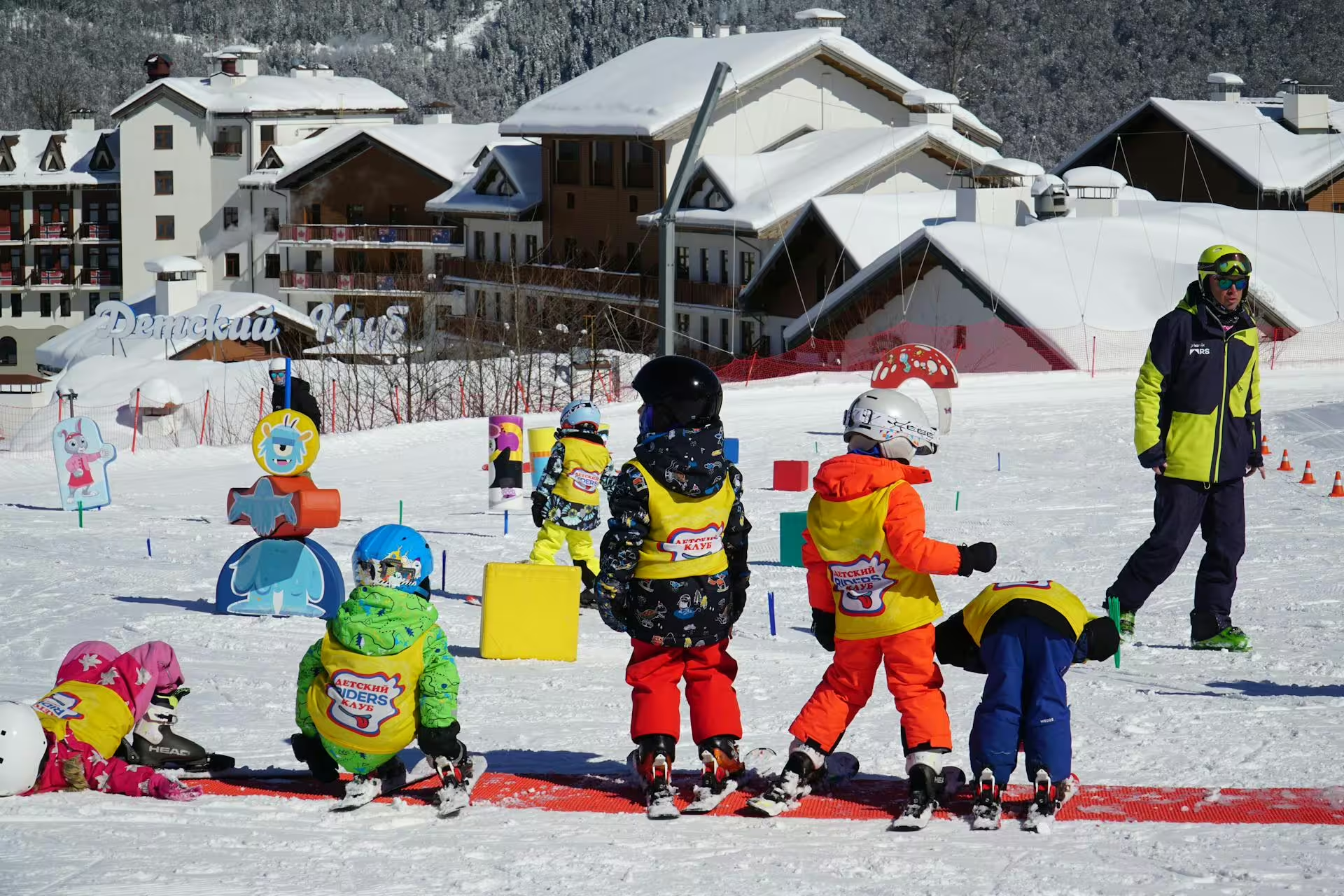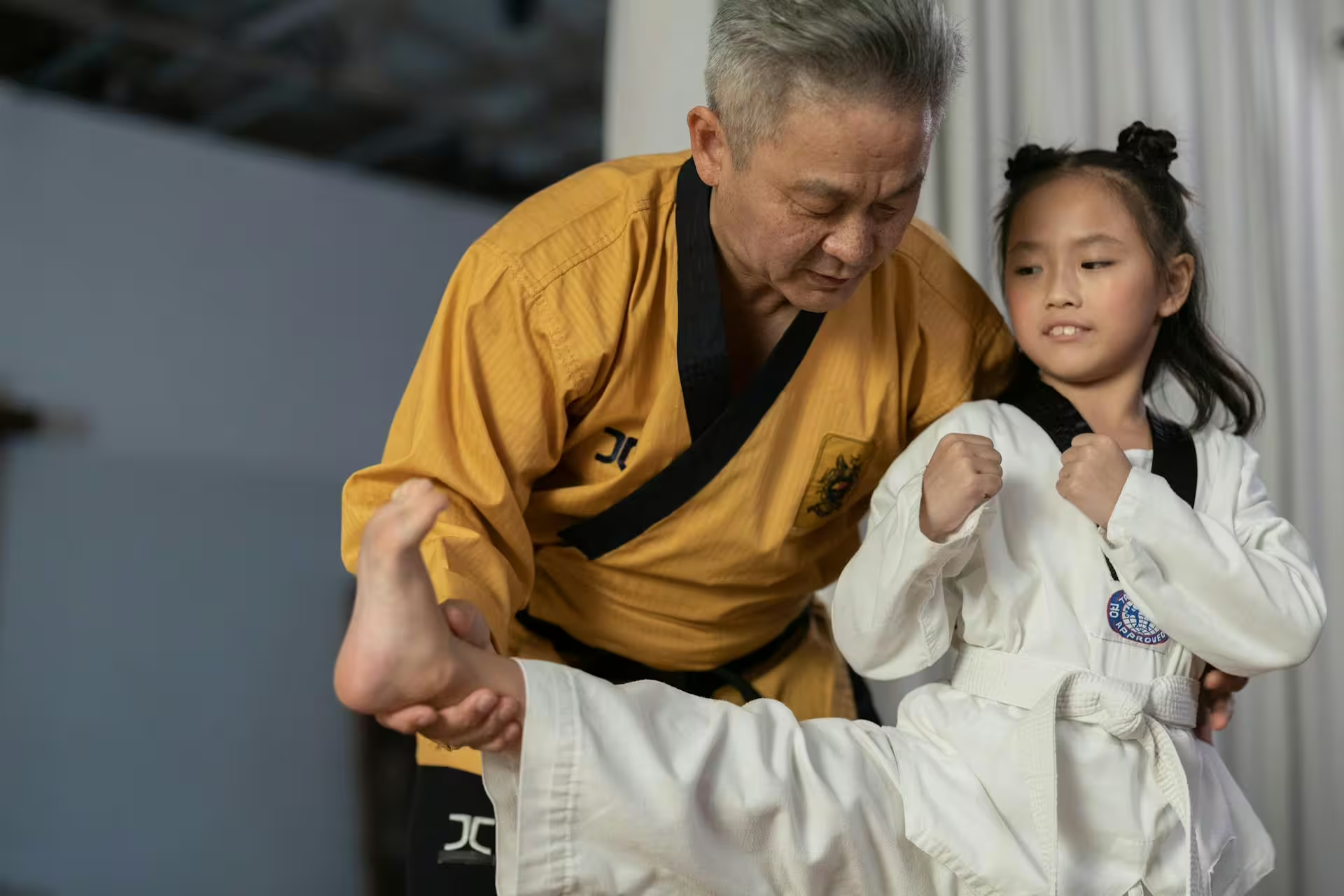Though the years have seen baseball slowly wane in national popularity, there are still many Americans who see it fondly as the country’s “favorite pastime.” Even as novel, more exciting sports climb to the top of popularity, baseball remains a mainstay of America’s rich heritage and relationship with organized sports. Indeed, even now, few sports capture the essence of American childhood quite like baseball. So it makes perfect sense that we would feature it on a website like Cultured Athlete!
Whether you’re tossing the ball around in a game of backyard games or driving the kids to their latest Little League tournament, baseball might very well be a part of your family’s life. This isn’t always the case, though, some folks out there might not really understand the virtues of baseball, which means they certainly wont understand why it is so beneficial for children. This is a game about far more than just batting and running bases—it’s about learning the value of teamwork, staying active, developing coordination, facing defeat with grace, and most importantly of all, having fun.
That all said, uninitiated parents might find it difficult to introduce baseball to their children, simply because they might not know the rules. Yet even parents with a cursory understanding of the rules may not be sure where to begin when it comes to getting their children into the sport.
In this article, we aim to give parents all the information they need to get their kid involved in youth baseball. We will talk about the fundamentals, cost and equipment requirements, and time considerations, as well as discussing a few common concerns that parents might have about the game. So lace up your cleats, kids, and let the batting order commence!
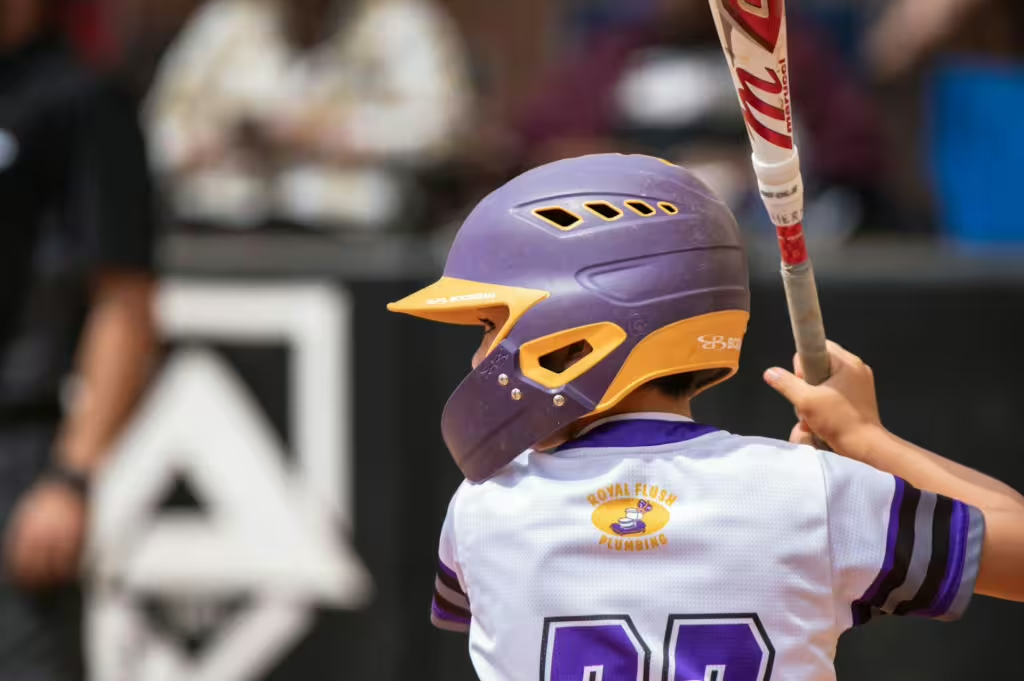
Why Baseball Is Great for Kids
What is it about baseball that makes it so well-suited for young kids? Well, beyond the fact that the rules themselves are fairly easy to grasp, the sport features certain physical, social, and emotional benefits that all kids can reap by simply having fun with their peers!
Physical Benefits
- Coordination: The simple concepts behind catching a ball or swinging a bat involve hand-eye coordination, something which all children could stand to improve even from a young age.
- Strength and agility: Throwing the ball either at the batter or at other players builds arm strength, while batting develops an athletes core power.
- Endurance: Running bases and fielding keeps are great forms of cardiovascular exercise. These help to build a player’s overall stamina.
Social and Emotional Benefits
- Teamwork: There is no “I” in baseball…and that’s not just because of the spelling. This is a sport that is, by its very nature, highly collaborative. Players are meant to communicate and support one another at nearly every stage of the game.
- Resilience: Striking out or missing a catch is bound to happen; it’s a part of the game. But this is. a good thing, as it teaches kids how to handle setbacks.
- Confidence: Mastering a skill—like catching a fly ball—provides a huge boost to a child’s self-esteem and may give them the confidence they need to keep reaching for more impressive plays.
Life Lessons
There are lessons to be gleaned from every life experience and youth baseball is no different. From the start, children are taught patience, discipline, and sportsmanship. They are taught how to work with others, focus their skills, and take in their surroundings. These life lessons are not exclusive to the baseball diamond, but can be carried over to school, personal relationships, and in many ways, the workplace as well!
Getting Started: What Kids Need
Age Considerations
Believe it or not, children can actually start playing baseball from a pretty young age. We practice throwing and catching them at around a year old already, it makes sense that kids as young as 3 or 4 can begin playing baseball with soft foam balls. By the time those kids reach age 5 or 6, its time for them to try tee-ball. This version of the game has kids batting with the help of a stand or tee, but it also incorporates the running of the bases as well. This is all without the added pressure of live pitching. It isn’t until kids reach around ages 7 or 8, that the tee is removed and they can then transition to coach-pitch or machine-pitch baseball leagues.
Equipment Basics
Playing baseball requires a few essential and iconic pieces of sports equipment.
- Glove: Note that a child-sized baseball mitt is between 9 and 11 inches across. A good glove should fit snugly but be comfortable enough for the child to not feel like its too tight.
- Ball: Early baseball starts with with softer training balls, which are made from foam or rubber. Regulation size baseballs come later in the process and at higher ages of play.
- Bat: Kids’ baseball bats are normally constructed of lightweight aluminum or composite wood and are sized appropriately for the players’ height and weight.
- Helmet: Safety first, folks! Helmets are required for batting practice and games but many leagues do provide them.
- Protective gear: These accoutrements, namely cups for boys and face masks for young catchers, generally need to be provided by the parents.
Throwing: Building the Foundation
To play baseball, you have to be able to throw. Fortunately, throwing is often the first skill kids learn, even as babies! In baseball, however, the concept is a bit more nuanced. This isn’t just hurling the ball wherever it may go—it’s about learning proper form and accuracy, all while developing arm strength.
Key Mechanics
- Grip: The child should hold the ball with their index and middle fingers across the seams. This grip is meant to promote control. Don’t teach them to grip too tightly, though, as they might release it as easily or might cramp up their hand muscles.
- Stance: A proper stance involves keeping the feet shoulder-width apart, with the child’s glove hand pointing toward the target.
- Arm Motion: As the kid throws, they need to bring their throwing arm back, as if they were drawing a bow, then step forward with the opposite foot.
- Follow-Through: Let go of the ball! At this final step, the child should (ideally) release the ball and let their arm continue in a naturally downward motion.
Catching: Conquering Fear and Building Confidence
Catching is more intimidating than we, as grown adults, realize it. After all, if your child is just starting out, all they see is that their glove is the only thing standing between them and a rapidly flying object! There’s nothing for it, unfortunately. The only thing you can do is to build up your confidence gradually.
Starting Out
To keep fear out of the equation, begin with soft foam or tennis balls. Encourage your kids to use two hands at first. As they do this, they can use their glove to catch and their bare hand to secure the ball. Never throw overhand at first! We shouldn’t have to say it, but we are! Underhand tosses will be far more gentle and easier for beginners to catch. Also, try to stand close at first and back up slowly with each catch. If they miss the ball, remind them that it’s normal to do so and celebrate every. single. catch.
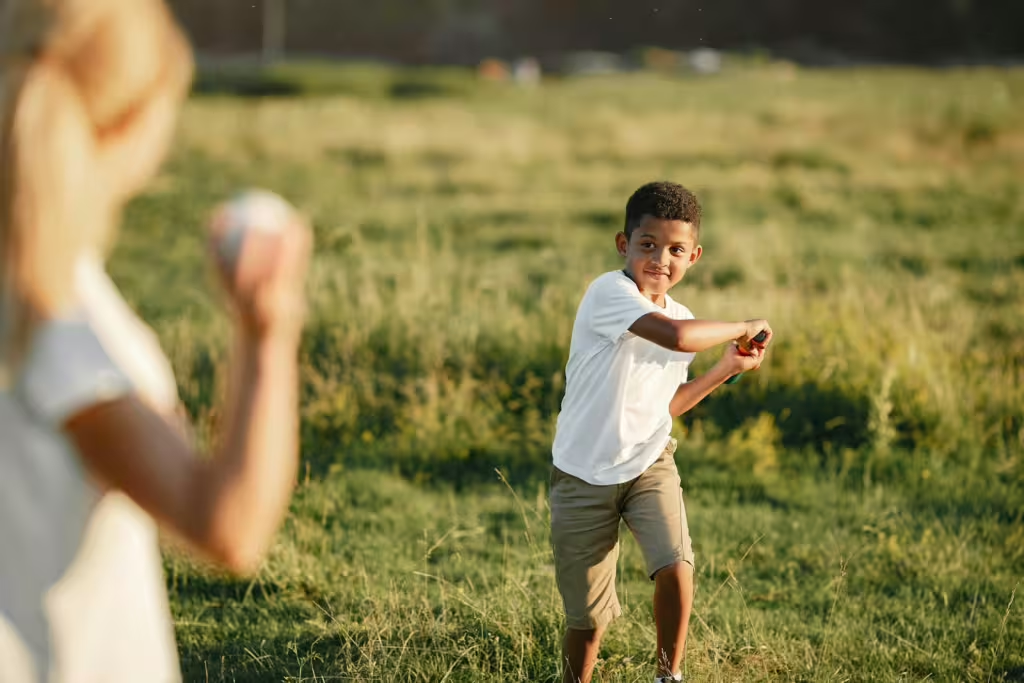
Batting: The Heart of the Game
To be quite frank, batting is often the most exciting—and challenging—part of baseball. Batting success comes developing an understanding of timing, technique, and as with all sports, self-confidence.
Basics of Batting
- Grip: Kids should keep their hands together on the bat, knuckles aligned, the grip relaxed but firm.
- Stance: Like throwing, feet ought to be shoulder-width apart, with the knees slightly bent, and the child’s full weight balanced.
- Swing Path: Kids should use short, level swings as they attempt to bat through the strike zone.
- Contact: Encourage kids to always keep their eyes on the ball. The goal is to meet the ball with the center of their bat.
- Follow-Through: Advise them not to swing the bat wildly, but to let the bat continue smoothly after it’s made contact.
Parental Concerns
Safety is usually the first concern on a parent’s mind. e worry about injuries most of all, but the truth is, proper equipment is designed to help reduce risks. That’s why we always make a point to mention proper sizing. If it fits right, then it is more likely to work as it was designed. As with many youth sports, there is some concern about pressure and competition as well. The trick is to avoid adding any undue pressure of your own on top of what your child already feels. Try and keep the focus on fun and skill-building in the early years, so that the child is better equipped to perform at higher levels.
It also goes without saying that time and cost are going to be factors. As far as time committments, it’s important to note that Little League seasons typically run for 2–3 months, with 1–2 practices and 1–2 games per week. Therefore, parents should plan for time at fields and travel. Costs meanwhile, we have decided to break down in a separate section all it’s own.
Cost Considerations
Youth sports is not cheap, we’re sorry to say. We have a brief breakdown of the costs below, from the basic equipment to the league fees, and beyond. Basic Start-Up
- Glove: $30–$60
- Bat: $40–$120
- Helmet: $30–$50
- Cleats: $30–$60
- Balls: $5–$20
League Fees
Recreational leagues: These Little Leagues can run you about $50–$150 per season, separate from equipment and uniform costs.
Travel teams: At this level, be ready. to invest around $500+ plus travel costs for your kid. The only good news is that, if they are at this level, they’re clearly interested enough to stay involved.
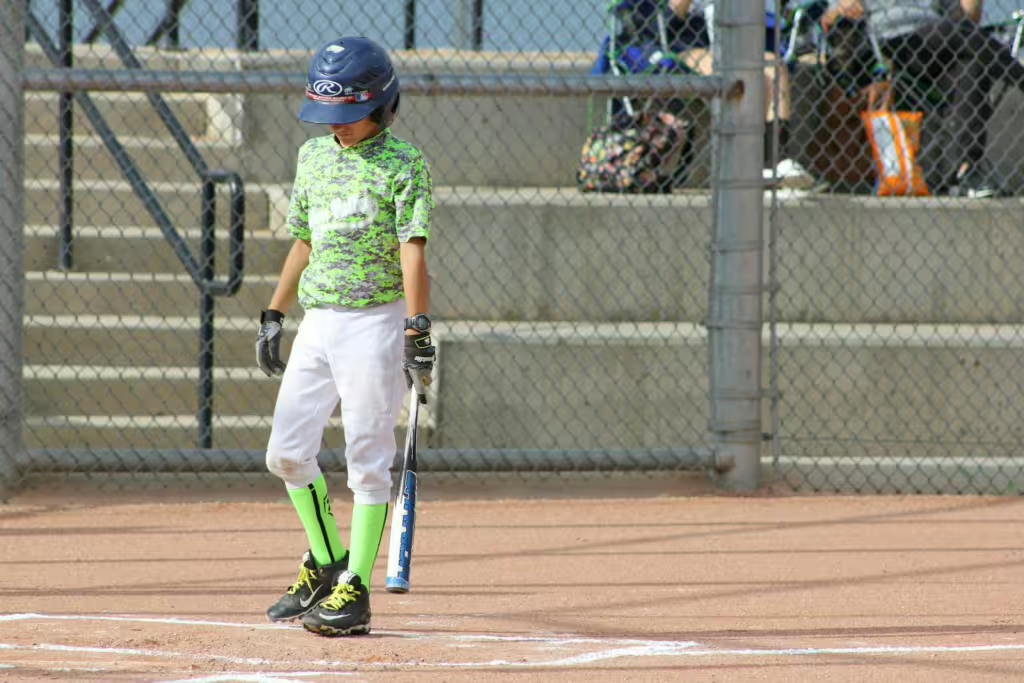
Cultured Athlete Says…
As you can see, baseball remains one of the easiest, most enjoyable ways to introduce organized sports to children. The process of getting a child into this historic sport is hardly complicated and its relative popularity means that finding a youth baseball in your area should be easy enough. So long as you start your child off with the basics—throwing, catching, and batting—the learning curve should be smooth enough to navigate. You now have the tools and the knowledge to get them involved, the only thing you, as a parent, need to do from there is to make sure they keep their focus on the fun and not the competition. Even if they do show enough interest to rise to more competitive levels, don’t let them forget that enjoyment should come before all other driving factors.
Discover more from CulturedAthlete
Subscribe to get the latest posts sent to your email.

